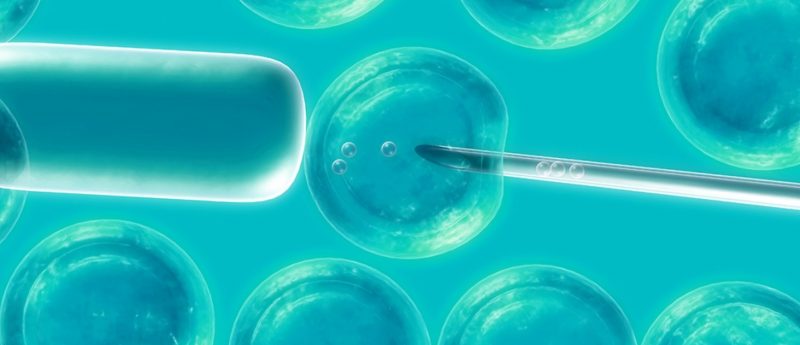Scientists create the first human—pig chimera in landmark study

Human stem cells have been implanted into pig embryos for the first time, representing a significant advancement in the pursuit of human organ generation.
Researchers led by Juan Carlos Izpisua Belmonte (Salk Institute, CA, USA) studying interspecies blastocyst complementation have developed human—pig chimera embryos for the first time through CRISPR/Cas9 gene editing and evaluated the chimeric competency of different types of human pluripotent stem cell (hPSC) in ungulate embryos.
Great interest in the study of interspecies blastocyst complementation for the development of human/animal chimeras stems from its potential in enhancing the understanding of embryogenesis, disease onset and progression, as well as the prospect of developing humanized drug testing platforms. This technology also holds promise for xeno-generation of transplantable human tissues and organs for regenerative medicine in the future.
The team’s early research involved generating rat—mouse chimera by implanting rat PSCs into mouse embryos. This work evolved into using CRISPR/Cas9 genome editing tools to direct the growth of the implanted rat PSCs in specific developmental niches in the mouse, leading to the formation of functional tissues of the organism’s heart, eye or pancreas.
Following this initial work, the group then studied the introduction of hPSCs into an organism, focusing primarily on pig embryos due to their resemblance in organ size to humans, as well as logistical and financial factors that limited the utilization of cow embryos.
The researchers injected various types of hPSCs into pig embryos and demonstrated that cells in an intermediate pluripotent state between naive and primed hPSCs exhibited a higher degree of chimerism and ability to generate differentiated progenies in postimplantation pig embryos.
The resulting human—pig chimera embryos were then implanted in sows and were allowed to develop for 3-4 weeks. “This is long enough for us to try to understand how the human and pig cells mix together early on without raising ethical concerns about mature chimeric animals,” stated Belmonte.
While the level of contribution of hPSCs to the chimerized embryo was low and additional work is required to enhance the efficiency and level of hPSC interspecies chimerism, the results represent an important early step in realizing the potential of interspecies blastocyst complementation with hPSCs.
Sources
Wu J, Platero-Luengo A, Sakurai M et al. Interspecies chimerism with mammalian pluripotent stem cells. Cell. 168(3), 473-486 (2017); https://www.sciencedaily.com/releases/2017/01/170126132536.htm; http://www.salk.edu/news-release/new-findings-highlight-promise-chimeric-organisms-science-medicine